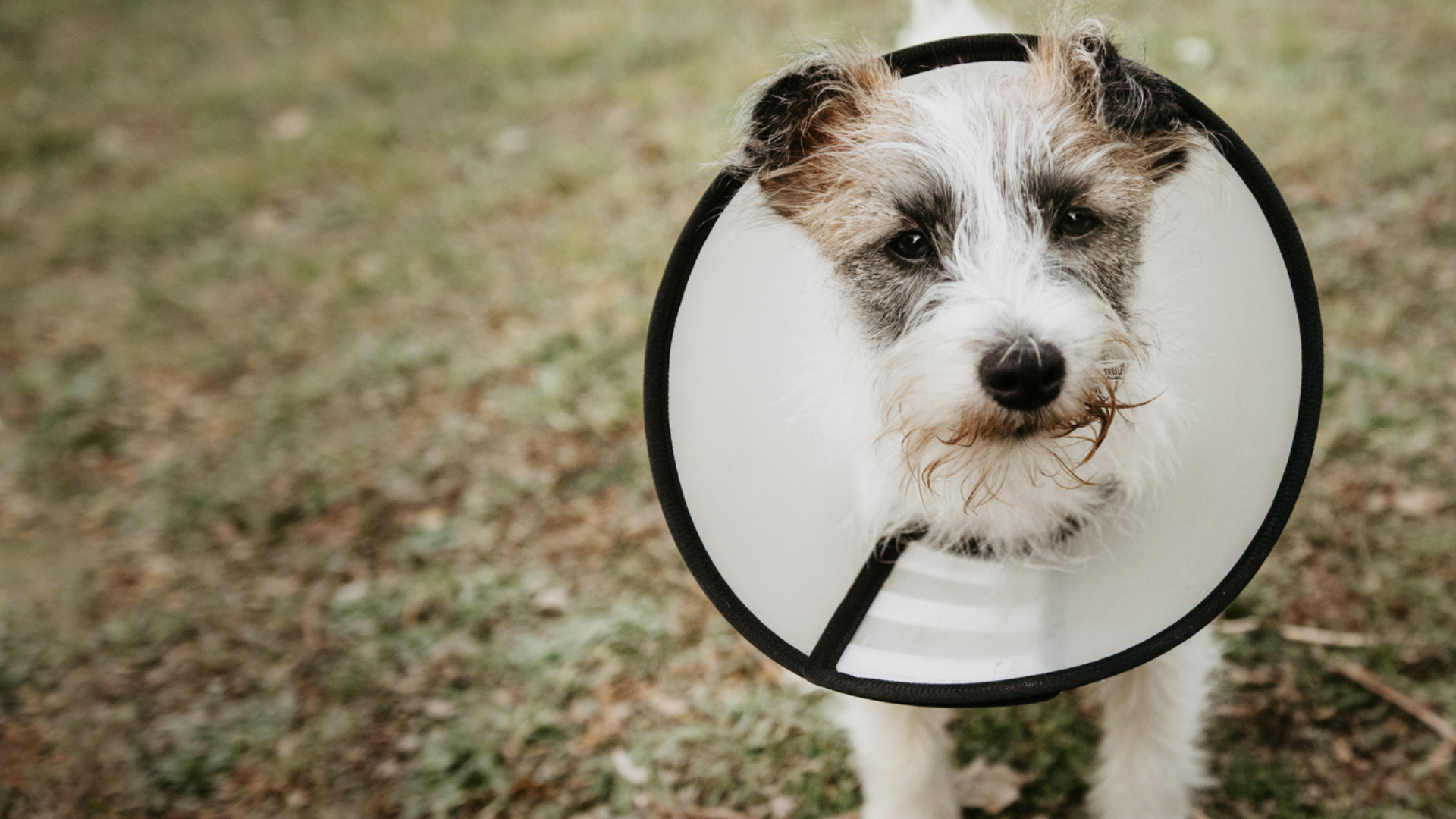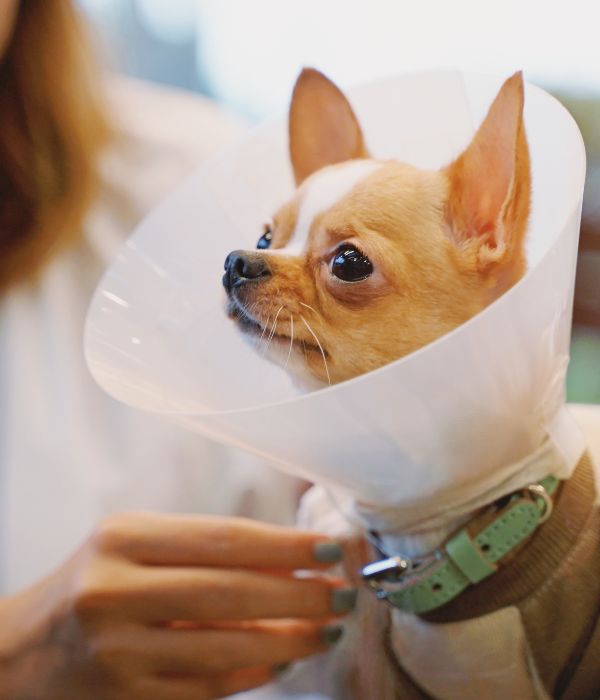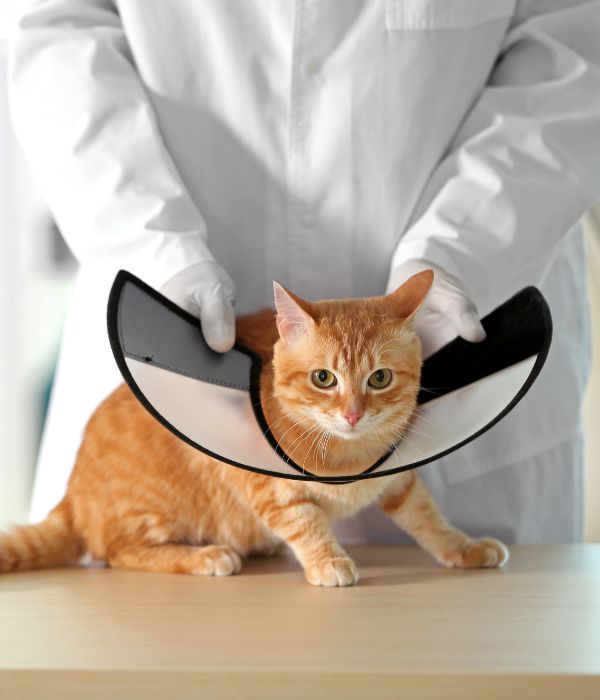Surgery
We are highly trained in advanced surgical procedures, offering your pet the best outcome possible. Your pet’s safety is our top priority, and we take every precaution so your pet receives the highest quality care. Our state-of-the-art recovery cages allow your pet to recover in a quiet, warm, and cozy environment.

Anesthesia
Pet anesthesia is a critical aspect of veterinary care, allowing our team to perform various medical procedures with precision and care. Whether your pet requires surgery, dental work, or diagnostic imaging, our skilled professionals are trained to administer anesthesia safely. All anesthetized animals will have an IV catheter placed for fluids during the procedure.
At Treehouse Animal Hospital, we understand that each pet is unique. Our approach to anesthesia involves tailoring the anesthesia plan to your pet’s needs. This personalized approach enhances the safety and effectiveness of the anesthesia process. We only use the safest available anesthetics, which provide that extra margin of safety for our patients.
The Pet Anesthesia Process
- Pre-Anesthesia Evaluation
Before administering anesthesia, we conduct a thorough pre-anesthesia evaluation to assess your pet’s health status. This includes reviewing medical history, physical examination, and necessary laboratory tests.
- Monitoring During Anesthesia
Our veterinary team monitors your pet’s vital signs during the anesthesia process. This includes heart rate, blood pressure, respiratory rate, oxygen saturation, E.K.G., end-tidal CO2, and temperature. Our commitment to vigilant monitoring enhances the safety of the anesthesia experience.
- Post-Anesthesia Care
After the procedure, your pet is carefully monitored in one of our warm post-op suits. Our team ensures a smooth transition from sedation to full consciousness, prioritizing your pet’s well-being during this critical phase.
Surgical Care
At Treehouse Animal Hospital, we take pride in providing exceptional pet surgical services in Valencia, CA. With a focus on safety, comfort, and transparent communication, we strive to deliver the best possible outcomes for your pet’s surgical needs. From routine spays and neuters to complex soft tissue surgeries, our experienced surgical team is dedicated to providing compassionate and advanced care for your furry family member.
We offer many surgical treatments in prophylactic, soft tissue, orthopedic, and oncologic surgery.
Prophylactic Surgical Services:
Soft tissue Surgical Services (including but not limited to):
Orthopedic Surgery:
Surgical Oncology:
Post-Op Surgical Care
Our state-of-the-art recovery suits allow your pet to recover in a calming, warm, hygienic environment. Our recovery kennels are designed to be significantly quieter than steel cages, have a tailored temperature control system to keep pets cozy and warm, are designed with proper ventilation to ensure a steady flow of fresh air, and include a special red light recovery mode to allow for undisturbed rest. Cats and dogs do not have cone receptors for the red spectrum, so this recovery mode allows for continuous observation without disrupting the patients’ sleep cycle, enhancing their rest and recuperation and, ultimately, their recovery.
Laparoscopic Surgery
We proudly offer this minimally invasive surgical technique at Treehouse Animal Hospital. Laparoscopy allows direct visualizing of internal organs via a camera entered into the body cavity through a small incision. Compared to traditional surgical procedures, laparoscopy requires smaller incisions, resulting in reduced pain, faster recovery times, and decreased risk of complications. Standard methods include spays, liver biopsies, cryptorchid testicle removal, gastropexy, and more.




